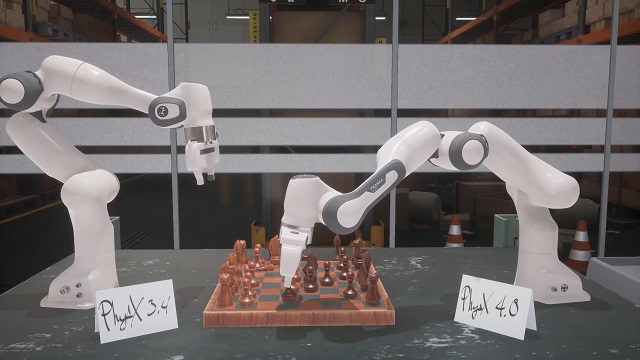In a surprise move, Nvidia has announced that its proprietary physics engine, PhysX, is going open source. The move coincides with the PhysX SDK 4.0 release, and a push for higher fidelity physics simulations. Epic Games and many others use Nvidia PhysX for game physics simulations.
Nvidia PhysX will become the only free, GPU-accelerated open-source physics simulation. There are also other physics solutions such as Intel’s Havok engine and Bullet. Bullet is free and open source, while Havok is proprietary and costly. Nvidia looks to take the best of both worlds, and release the only solution that combines all three. The most important part of PhysX is the ability to use graphics cards to crunch numbers for physics simulations, offsetting performance to the GPU. Havok, its main competitor, supports GPU-acceleration, but is not built to take as great of an advantage of a system’s GPU.
PhysX 4.0 is supported on iOS, Mac OS X, Android, Linux, Windows XP or later, Xbox One, PS4, and Switch. The BSD 3 open-source license does not apply to game consoles, and products on those devices are subject to Nvidia’s end-user license agreement (EULA).
The new 4.0 release includes a number of major improvements over PhysX 3.4. A Temporal Gauss-Seidel Solver (TGS) implementation makes any jointed or articulating object more robust. TGS iterates and adjusts object constraints to produce more viable simulated animations. Reduced coordinate articulation improves stability for large and small simulation. A number of other changes and inclusions will also come to 4.0, which releases on December 20.
Nvidia is pushing PhysX further towards robotics, AI, and autonomous vehicle technology. While the company is targeting non-gaming industries with the physics simulation pipeline, 4.0 will have a wide-ranging effect on gaming. Epic Games’ Unreal Engine supports PhysX by default and Nvidia’s GameWorks suite of physics solutions can be found in a number of titles. The Witcher 3, The Division, Fallout 4, Grand Theft Auto 5, and many more use various aspects of the GameWorks suite. PhysX also includes pipelines for debris, clothing, destruction, particles, and fluids.
For more information regarding PhysX, or if you want to download the SDK yourself, head over to Nvidia’s website.











